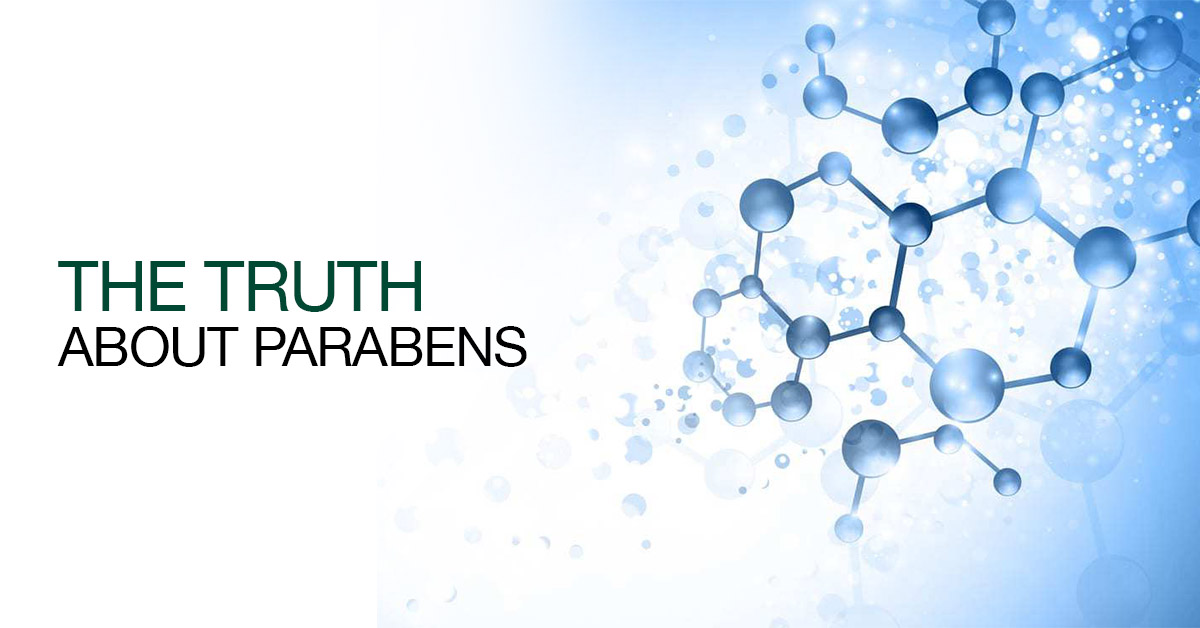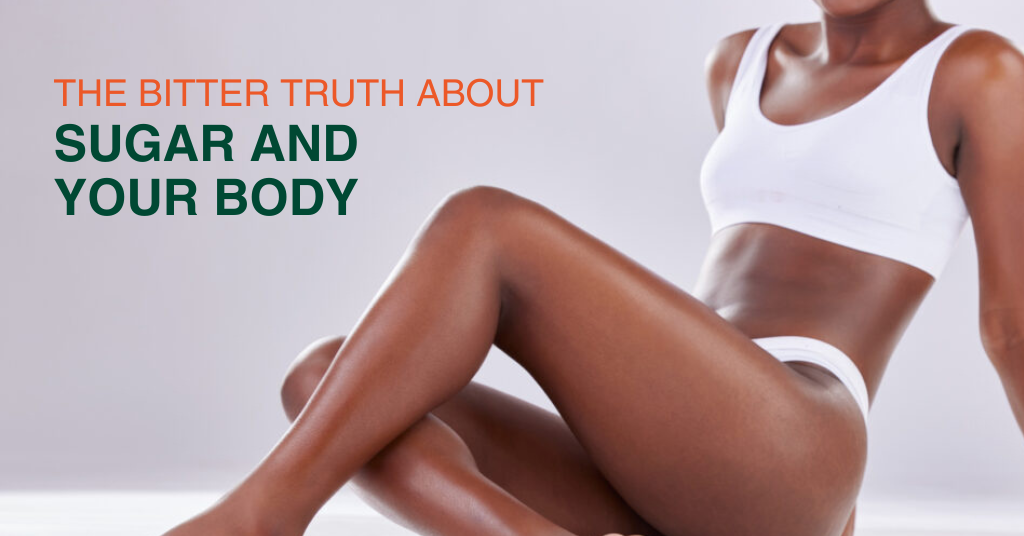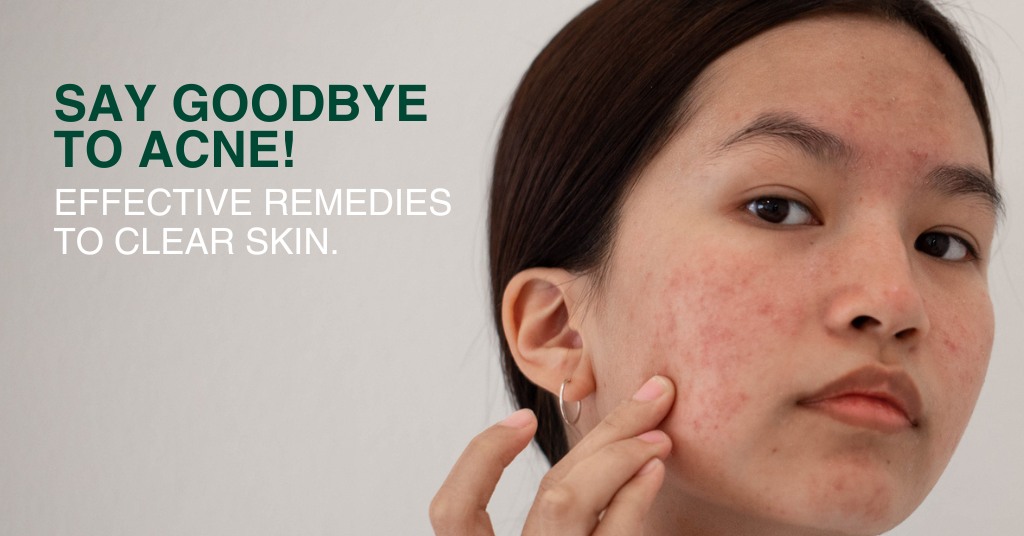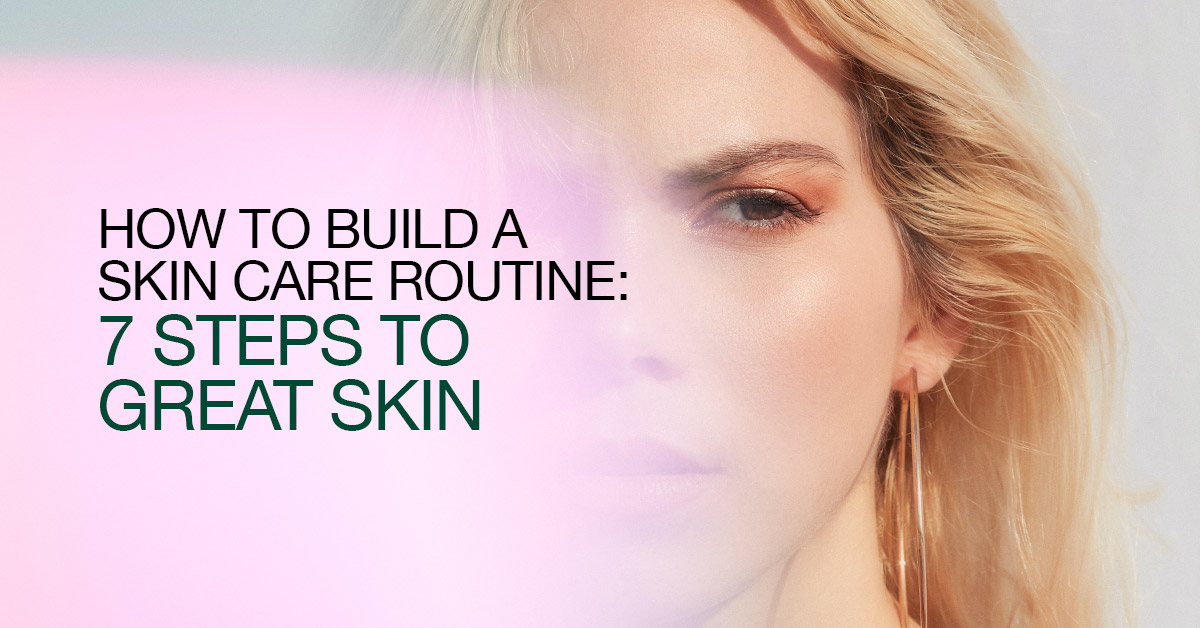
7 Steps to a Comprehensive Skin Care Routine
January 8, 2022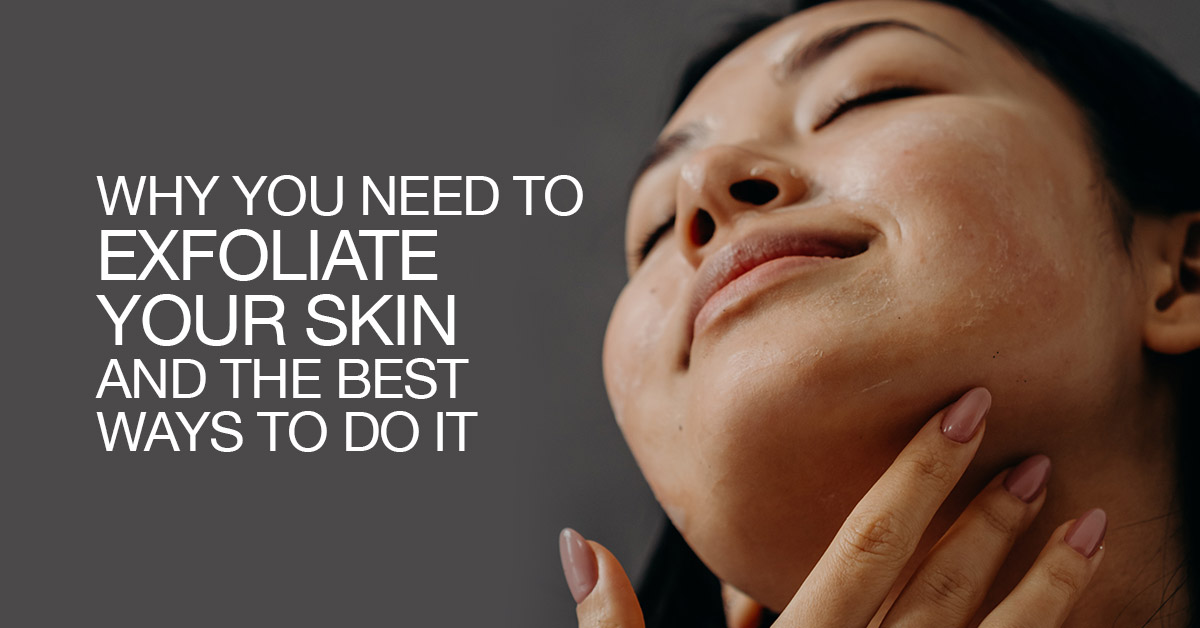
The Importance of Exfoliation
January 20, 2022If I can name one good thing that has come out of this Covid situation, it’s this: we have become more wary of the fact that microbes can wreck havoc in our lives. Other than viruses, there’s also bacteria, mould and yeast that can contaminate our food and cosmetics. This is why we need preservatives in skin care and cosmetic products to protect us against these unwelcome and unwanted things that can grow in them. The most common class of preservatives used in cosmetics that have been proven effective against mould, yeast and bacteria is Paraben, a chemical derived from Para-Hydroxybenzoic Acid. Parabens exist naturally in our bodies and in many fruits like blueberries and vegetables (carrots, cucumbers). The most common parabens found in cosmetics are methylparaben, propylparaben, butylparaben, ethylparaben, isopropylparaben and isobutylparaben. They just need to be used in minute amounts in order to be effective!
Why are they harmful? (Are they?)
In the last decade, there has been a trend of cosmetics labelling themselves as “paraben-free” and increasingly, more and more people avoid products with parabens. Why? You might have already read something about this. It all started because of a British study in 2004 that found traces of five parabens in the breast tissue of 19 out of 20 women volunteers. Whilst this does not prove that parabens cause breast cancer, it was clear that parabens were able to penetrate skin and remain within the tissue. Thereafter, there were articles and internet rumours that reported an association between some parabens and cancer and that parabens can cause cancer by acting like oestrogen, the female sex hormone, through a process called endocrine disruption. This raised no small alarm in the minds of the readers at large.
However, we should note a few things about this and similar studies:
- Some of these studies suggest a very weak estrogenic or endocrine disrupting effect of parabens.
- These studies, which were conducted on animals, are observed only when they are dosed with extremely high amounts of parabens – far greater than anyone would be exposed to under actual conditions of use or with repeated use.
- These studies have been largely discredited by the scientific community; scientists who study the effects of products on the population have found no direct link between cosmetic products and cancer.
Actually, many materials found in plants used as food also have an estrogenic effect. These naturally occurring materials are called Phytoestrogens and are present in soy and other fruits and vegetables. Some of these Phytoestrogens, when tested in the same way as parabens, give similar estrogen-like results. However, parabens have been shown to be 10,000 times weaker than the most potent ++Phytoestrogens and 100,000 times less potent than Estradiol, the estrogen made naturally by the body. Most scientists agree that there is no endocrine-disrupting effect from the use of parabens in cosmetic and personal care products because their action, if any, is so weak.
Expert Opinions (US and EU)
The safety of cosmetics product ingredients are regularly reviewed by independent expert panel toxicologists, dermatologist and scientists forming the Cosmetic Ingredients Review (CIR) in the US (supported by the US Food and Drugs Administration (FDA), the regulatory authority for cosmetics in US), and the Scientific Committee on Consumer Safety (SCCS) in the EU (supported by the European Commission).
In 1984, CIR reviewed the safety of parabens used in cosmetics and concluded that they were safe, even in extremely large doses. Typically, parabens are used at levels ranging from 0.01 to 0.3 per cent, and CIR concluded they were safe for use in cosmetics at levels up to 25 percent.
In 2012, CIR reopened its safety report on parabens to consider all new data, and like in 1984, the panel reaffirmed the safety of cosmetic products that use parabens.
The FDA website states that “FDA scientists continue to review published studies on the safety of parabens. At this time, we do not have information showing that parabens as they are used in cosmetics have an effect on human health.”
In Europe, scientists review chemicals in cosmetic ingredients all the time. In 2014, the European Commission banned the use of five parabens in cosmetic products – Isopropylparaben, Isobutylparaben, Phenylparaben, Benzylparaben and Pentylparaben, because “the human risk (associated with these 5 chemicals used as preservatives) cannot be evaluated” as “limited or no information” was available for their safety evaluation, not because they have evidence that these were harmful to humans. Later, the EU also limited the concentration of two Propylparaben and Butylparaben in leave-on products for children ages three and below.
The rest of the world soon followed
Taking their cue from the EU, the five parabens are also banned in personal care products in 10 Southeast Asian countries, according to the ASEAN Cosmetic Directive and the use of propyl- and butylparaben is restricted in the ASEAN and Japan.
“Greenwashing” Parabens
Meanwhile however, consumers have gone up in arms against Parabens. This movement has gained some traction in the US, resulting in many cosmetic companies caving to peer pressure and substituting parabens for other ingredients and labelling their products “paraben-free”. In Europe, however, this claim is considered denigrating to parabens and is prohibited on labels of cosmetic products.
Less than ideal substitutes
What’s of greater concern is the appearance of less ideal substitutes for parabens when companies turn “paraben-fee”, using other preservatives which can cause skin irritation:
- Formaldehyde and Formaldehyde-releasing preservatives (FRPs) – many of these can be absorbed through the skin and have been linked to cancer and allergic skin reactions. eg Formaldehyde, Quaternium-15, DMDM Hydantoin, Imidazolidiny Urea, Diazolidinyl Urea, Polyoxymethylene Urea, Sodium Hydroxymethylglycinate, 2-Bromo-2-Nitropropane-1,3-Diol (Bromopol) and Glyoxal.
- Methylchloroisothiazolinone (MCI) and Methylisothiazolinone (MIT) – they are known to cause allergic skin reactions (these are banned in leave-in creams and have strict limits for rinse off products in the EU).
- Sodium Benzoate, Potassium Sorbate and Organic Acids (Salicylic Acid, Benzoic Acid, and Sorbic Acid) have limited anti-microbial properties – they kill fungi and not bacteria, and is often paired with other preservatives that kill bacteria. Sodium Benzoate, when used with low concentrations of Vitamin C, it forms Benzene, a known carcinogen. In addition, Potassium Sorbate is unstable and if it is the only preservatives in the product, then the product should be used up as soon as possible.
- Essential Oils – have great antimicrobial properties, but not when they are used in cosmetics. On their own and in high concentrations they work well against fungi and bacteria, but are highly irritating on skin.
- Antioxidants – like Vitamins C, E, Grape Seed Extracts – they cannot kill fungi and bacteria
- Phenoxyethanol – is great at killing Gram-negative bacteria, but it’s weak against yeast and mould, so it cannot be used on its own.
- Preservative-free – offers no protection at all against bacteria, fungi and germs.
Compared to other antimicrobials and preservatives, the prevalence rate of dermatitis associated with parabens are low, ranging between 0.6% and 1.7% in North America and 0.5% and 1.3% in Europe despite their global extensive usage. [Eveline Torfs and Gilles Brackman. A perspective on the safety of parabens as preservatives in wound care products, Int Wound J. 2021 Apr; 18(2): 221–232.]
And to put it in perspective;
Quaternium 15 has a reported allergy prevalence rate ranging between 0.9% and 13.6%
Antiseptics and antimicrobials, such as chlorhexidine (commonly used antiseptic in handwash] , bacitracin, and neomycin have higher allergy rates between 0.8% and 7.8% .
Reference:
Veverka KK, Hall MR, Yiannias JA, et al. Trends in patch testing with the Mayo Clinic standard series, 2011–2015. Dermatitis. 2018;29(6):310‐315.
DeKoven JG, Warshaw EM, Zug KA, et al. North American contact dermatitis group patch test results: 2015‐2016. Dermatitis. 2018;29(6):297‐309
The DrGL® Approach to Formulation
At DrGL®, we take consumer safety seriously. Every batch of product is sample tested for microbes and heavy metals. Our products are certified to be sold in the EU – this means that each product has passed the necessary tests conducted by independent laboratories to ensure that they comply with EU regulations – now the strictest regulations in the world for Cosmetics, with over 1,400 ingredients banned and many others with safety limits. The laboratory tests include the Preservatives Efficacy Test – which checks that the preservatives in each product are adequate to withstand the various types of contamination it is exposed to for its entire shelf life. Our EU-registered products also pass through the scrutiny of independent safety assessors, who ensure that each formulation complies with the safety standards of the EU.
There are many stories and information about cosmetic ingredients on the internet. We are not about rumour mongering, nor do we want to “greenwash” ingredients either. We have our ears to the ground and monitor the news and developments of regulations in the EU and elsewhere closely to ensure that our products are always up to date, formulation-wise, for everyone’s safety.
References:
https://massivesci.com/articles/parabens-cosmetics-makeup-phenol-greenwashing/
https://www.fda.gov/cosmetics/cosmetic-ingredients/parabens-cosmetics
https://ec.europa.eu/health/scientific_committees/docs/citizens_parabens_en.pdf
http://america.aljazeera.com/articles/2014/10/29/cosmetics-recallbacterialcontamination.html
https://ec.europa.eu/commission/presscorner/detail/en/IP_14_1051

